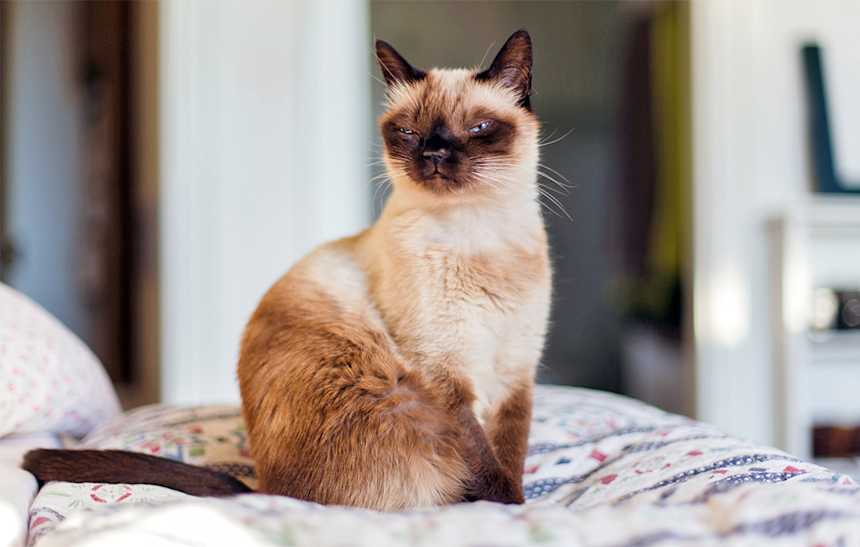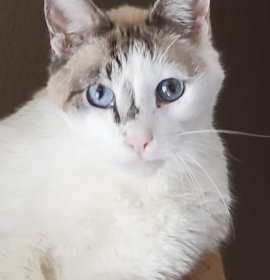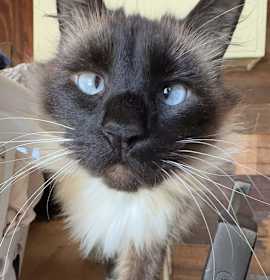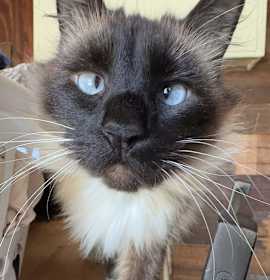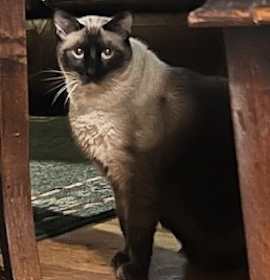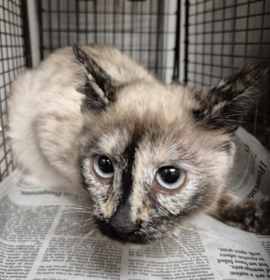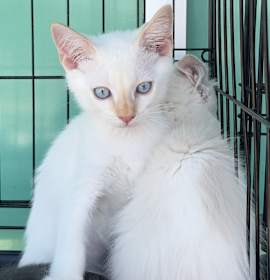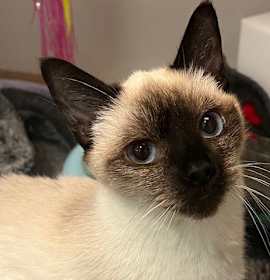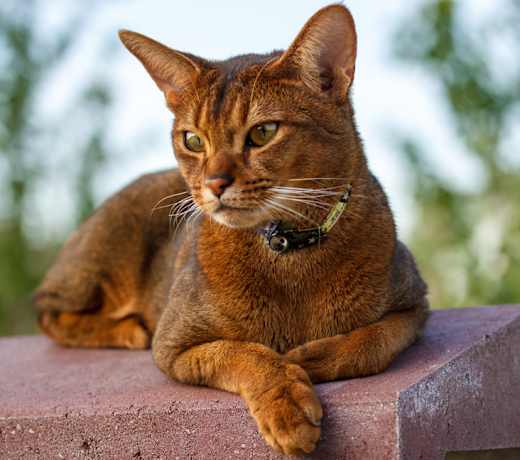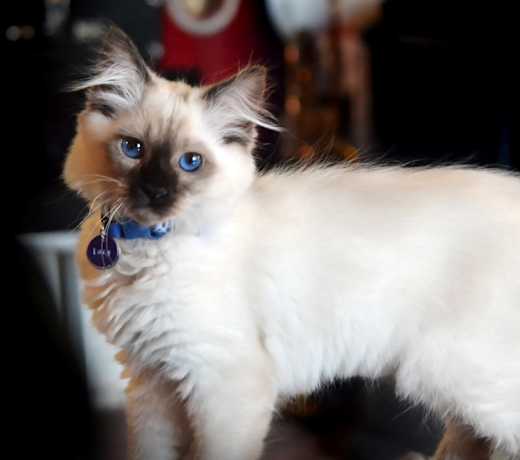Siamese cats were traditionally cross-eyed due to a genetic trait linked to their unique coat color, specifically the temperature-sensitive albinism gene that causes their point coloration. This gene affects not only pigment production but also the way their eyes develop and process visual information.
In early Siamese cats, the wiring between the eyes and the brain didn’t follow the usual path. To compensate, their eyes turned inward, resulting in a cross-eyed appearance (called medial strabismus). While it didn’t typically affect their quality of life, it was a visible quirk tied to their breed.
Over time, selective breeding has reduced this trait, so most modern Siamese cats are not cross-eyed. However, this can still show up occasionally, especially in more traditional Siamese lines.
